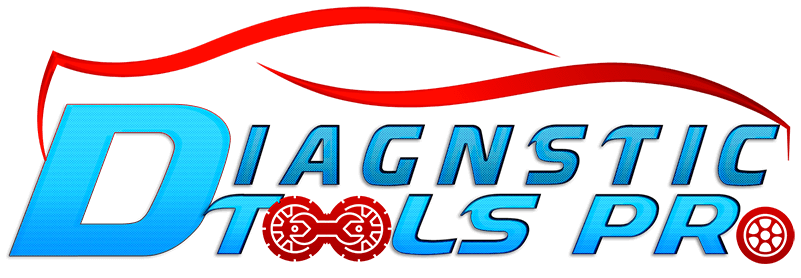No products in the cart.
Infotainment at Its Best: A Review of the Latest Car Multimedia Players with Touchscreens Leave a comment
Introduction
The automotive industry has witnessed a significant shift in recent years, with a growing emphasis on in-car entertainment and connectivity. One of the key drivers of this trend is the development of advanced car multimedia players with touchscreens. These innovative systems have revolutionized the way we experience entertainment, navigation, and communication on the road. According to a report by the National Highway Traffic Safety Administration (NHTSA), the demand for in-vehicle infotainment systems is expected to continue growing, with an estimated 90% of new vehicles featuring these systems by 2025. In this article, we will delve into the world of car multimedia players with touchscreens, exploring their core concepts, benefits, practical applications, and common challenges.
Core Concept Explanation
At the heart of modern car multimedia players lies a sophisticated combination of hardware and software. These systems typically feature high-resolution touchscreens, ranging from 6 to 12 inches in size, which provide an intuitive interface for users to access various functions, including GPS navigation, Bluetooth connectivity, and audio playback. The Society of Automotive Engineers (SAE) defines in-vehicle infotainment systems as "systems that provide entertainment, information, and communication services to vehicle occupants." Key components of these systems include:
- High-performance processors for seamless operation
- Advanced graphics processing units (GPUs) for smooth visuals
- Integrated multimedia codecs for support of various audio and video formats
- Wireless connectivity options, such as Wi-Fi and Bluetooth, for internet access and device pairing
The core concept of car multimedia players with touchscreens revolves around providing an engaging and user-friendly experience. By integrating multiple functions into a single, intuitive interface, these systems aim to minimize driver distraction while maximizing entertainment and convenience.
Benefits and Importance
The inclusion of car multimedia players with touchscreens in modern vehicles offers numerous benefits to drivers and passengers alike. Some of the most significant advantages include:
- Enhanced safety: By minimizing the need for drivers to physically interact with multiple devices, these systems reduce the risk of accidents caused by distracted driving.
- Increased convenience: With access to a wide range of functions through a single interface, users can easily manage their entertainment, navigation, and communication needs on the go.
- Improved entertainment: Car multimedia players with touchscreens support a variety of audio and video formats, providing endless entertainment options for passengers.
- Advanced navigation: Integrated GPS navigation systems offer turn-by-turn directions, real-time traffic updates, and points of interest information, making long journeys more manageable.
According to a study by the Insurance Institute for Highway Safety (IIHS), vehicles equipped with advanced infotainment systems experience a significant reduction in driver distraction-related accidents. The importance of these systems lies in their ability to balance entertainment, convenience, and safety, ultimately enhancing the overall driving experience.
Practical Applications and Examples
Car multimedia players with touchscreens have numerous practical applications, transforming the way we travel. Some examples include:
- GPS Navigation: Systems like Garmin and TomTom offer detailed maps, real-time traffic updates, and turn-by-turn directions, making navigation more efficient.
- Music and Video Streaming: Services like Spotify and Netflix can be accessed directly through the infotainment system, providing endless entertainment options.
- Bluetooth Connectivity: Users can pair their smartphones with the system, enabling hands-free calling, music streaming, and voice command functionality.
- Vehicle Information and Diagnostics: Many modern vehicles feature integrated diagnostic systems, which provide real-time information on vehicle performance, fuel efficiency, and maintenance needs.
The United States Department of Transportation emphasizes the potential of in-vehicle infotainment systems to improve road safety and reduce traffic congestion. By leveraging these systems, drivers can access critical information, manage their time more efficiently, and enjoy a more comfortable driving experience.
Common Challenges and Solutions
While car multimedia players with touchscreens offer numerous benefits, they also present some challenges. Common issues include:
- Distraction and Driver Safety: The National Highway Traffic Safety Administration (NHTSA) warns that complex infotainment systems can increase driver distraction, emphasizing the need for intuitive and user-friendly interfaces.
- Compatibility and Integration: Ensuring seamless integration with various devices and platforms can be a challenge, highlighting the importance of standardization and compatibility testing.
- Cybersecurity: The increasing connectivity of modern vehicles raises concerns about cybersecurity, with industry experts recommending the implementation of robust security measures to protect against potential threats.
To address these challenges, manufacturers and developers are focusing on creating more intuitive and user-friendly interfaces, prioritizing driver safety, and implementing robust security protocols to protect against cyber threats.
Conclusion
Car multimedia players with touchscreens have transformed the driving experience, offering a unique blend of entertainment, convenience, and safety. As the automotive industry continues to evolve, it will be interesting to see how these systems adapt to emerging trends and technologies. Will the integration of artificial intelligence and machine learning further enhance the capabilities of in-vehicle infotainment systems, or will new challenges arise? For more information on the latest advancements in car multimedia players and other automotive technologies, visit www.diagtpro.com to stay up-to-date with the latest industry developments and trends.
